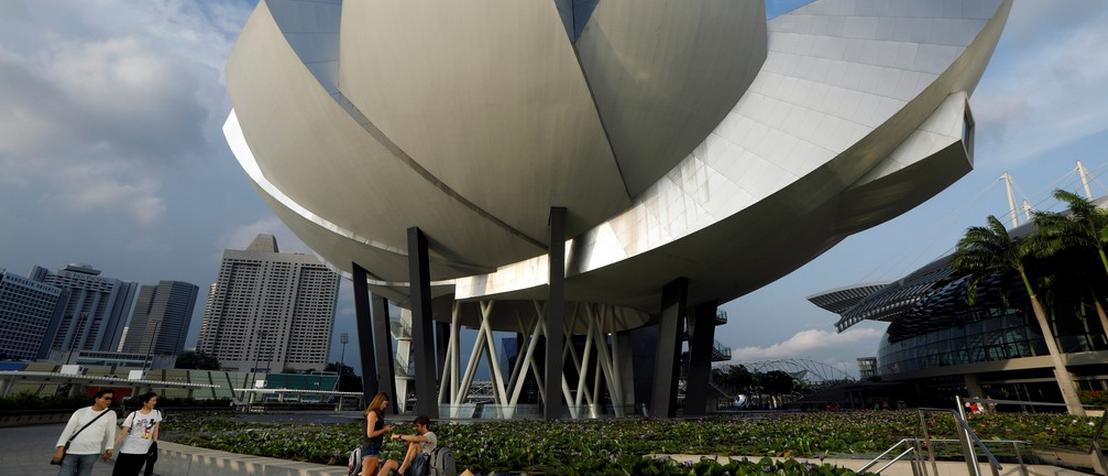ASEAN still believes in globalization. But can it make it work for everyone?
来源:;发表于:2017-05-11;人气指数:403
ASEAN still believes in globalization. But can it make it work for everyone?
This article is part of the World Economic Forum on ASEAN 2017
 Image: REUTERS/Edgar Su
Image: REUTERS/Edgar Su
11 May 2017
John RiceVice-Chairman, GE
They say age is only a number, but as the trading bloc of ASEAN crosses the 50-year mark, numbers speak volumes about the dynamic transformation of this region. Taken as one economy, it’s $2 trillion GDP makes it the seventh largest in the world, heading towards $6 trillion (and the fourth largest) by 2030. It hasn’t been without growing pains. There is dramatic diversity in the 10 countries in the region. In that diversity lies challenges, but also strength.
ASEAN is a microcosm of the world today – highly developed nations, middle income countries and those just emerging. It has become a beacon of multilateral cooperation in a world darkening with greater protectionism, a shift to bilateral trade and changing attitudes towards globalization. In this part of the world, globalization is still seen as the key to the future. The real measure of success will be to understand and address the concerns and discontent created by globalization and technological change in the West and ensure that as ASEAN continues to grow, no one gets left behind.
To do that, there must be a hierarchy of needs, with basic infrastructure – electricity, healthcare and clean water – at the top of the list. Helping meet the challenges of financing by connecting capital to bankable projects is paramount. Power plants can be up and running in three months in challenging locations, with the latest technology and digital solutions to maximize efficiency and minimize carbon emissions; healthcare equipment is now portable and connected, allowing remote locations access to improved healthcare, facilitating improved infant and maternal care; and clean water for hospitals enhances the quality of patient care and allows facilities to spend precious budget on patient programmes rather than bottled water.
Image: REUTERS/Crack Palinggi
Next in the hierarchy is human capital. The other key number for ASEAN is its labour force. At 600 million people, it is the third largest in the world, and more than 50% of this population is under the age of 30. We need to shape the future for the region’s youth by balancing vocational and digital skills education and training, with companies playing a bigger role, in partnership with governments and educational institutions. People must commit to continuous and lifelong learning to adapt to technological disruptions and align skills to the shifting demands of the economy.
Upgraded skills, increased financing for SMEs, encouragement of more gender diversity and investments in digital infrastructure will help to decrease poverty by providing more livelihood opportunities, sustain growth and improve productivity. This will ensure the workforce of the future is resilient and flexible.
This skilled and adaptable workforce will drive innovation – the key to sustained economic growth and rising living standards in the 21st Century. With its commitment to cooperation and interconnectedness, ASEAN has all the ingredients to build its capabilities and foster greater innovation. The ability to leapfrog into the digital industrial age will allow countries to immediately adopt and implement more efficient and sustainable technologies. Partnerships with government-funded programmes and private technology incubators raise the bar on digital literacy in ASEAN. Technological change through innovation will lead to higher value-add jobs.
The numbers add up for ASEAN as it steps out of the sidelines onto the global stage. It needs to keep investing in infrastructure that will generate real growth and shared prosperity - growth that will continue to drive the economies of its countries. It must focus on its youth population by investing in jobs, skill building and training to meet the needs of both traditional technical requirements and those of the digital future. And it should deepen innovation – developing hardware and software solutions to meet the real-world challenges of its diverse communities.